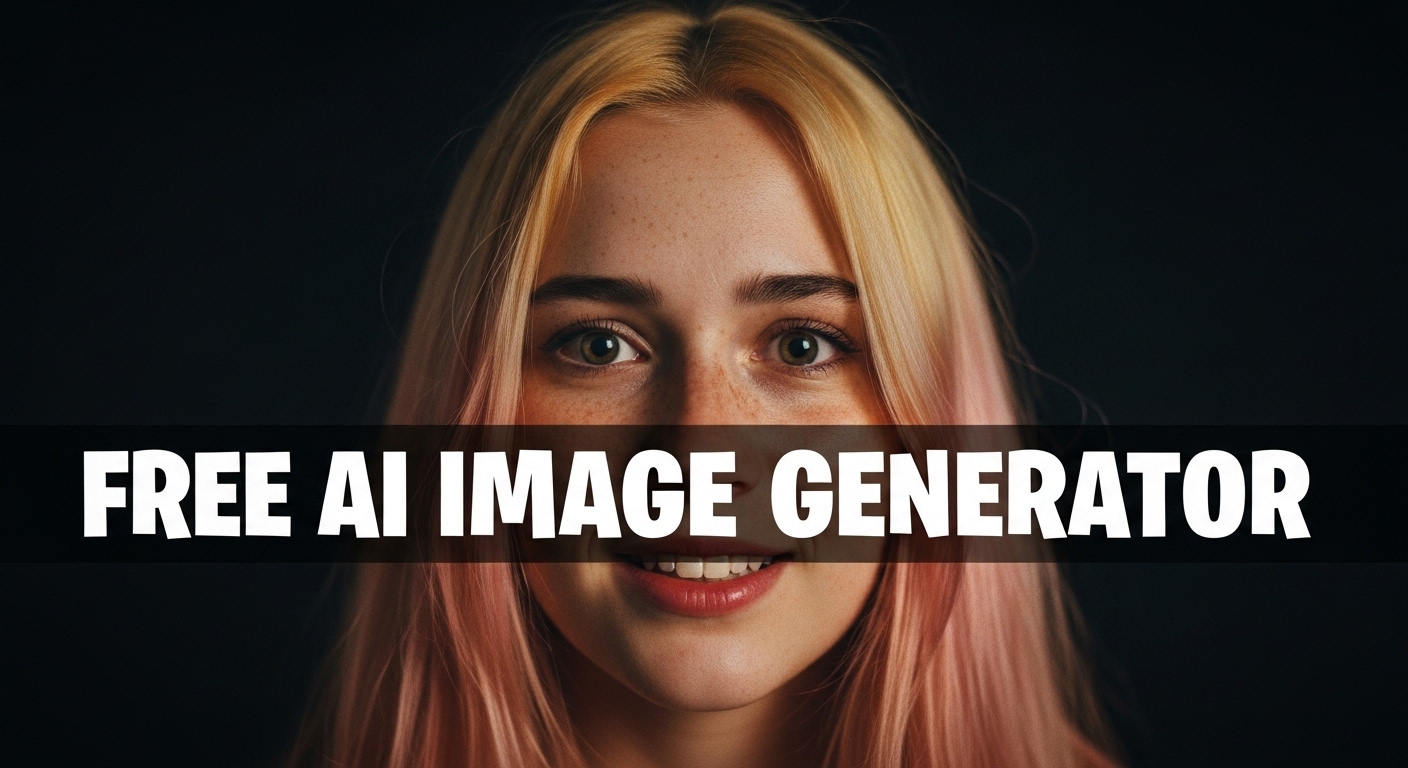Sepia Image Generator
Sepia Image Generator is a free online tool to generate sepia style images. The tool is free to use, just enter prompt in sepia style and generate sepia image style in seconds similar quality to flux, midjourney, open ai, imagen, nano banana AI image quality.
Generate Sepia AI Image for Free
What is a sepia Generator?

A Sepia Generator is a specialized AI tool that transforms color or black and white photos into warm brown-toned images that mimic traditional sepia photographic processes. Rather than applying a flat brown overlay, an advanced sepia generator analyzes image tones, contrast, and texture to recreate the look of aged silver gelatin prints with authentic midtones, subtle highlights, and preserved shadow detail. The result is a cohesive vintage look with controlled warmth and brown chroma tailored to each subject.
Photographers, digital artists, archivists, and social media creators use sepia generators to add period atmosphere, restore historical imagery, or create cohesive brand aesthetics. Archivists use precise sepia conversion to match archival references, while portrait photographers use selective sepia to emphasize skin tones and mood. Because modern generators include grain modeling and vignette control, they are also used by filmmakers and illustrators seeking a consistent vintage palette across multiple images.
How to Create sepia Images
To create sepia images in three steps, first choose or upload a photo and decide whether to start from a color file or a neutral black and white base. Second, select a sepia preset or set parameters: increase warm tone, shift midtones toward brown, and lower blue channel to remove cool cast. Third, refine texture and mood by adding subtle grain, adjusting contrast and highlights, and applying a soft vignette to frame the subject. Export at the desired resolution once the warmth and texture match the intended vintage effect.
Enter AI Sepia Prompt
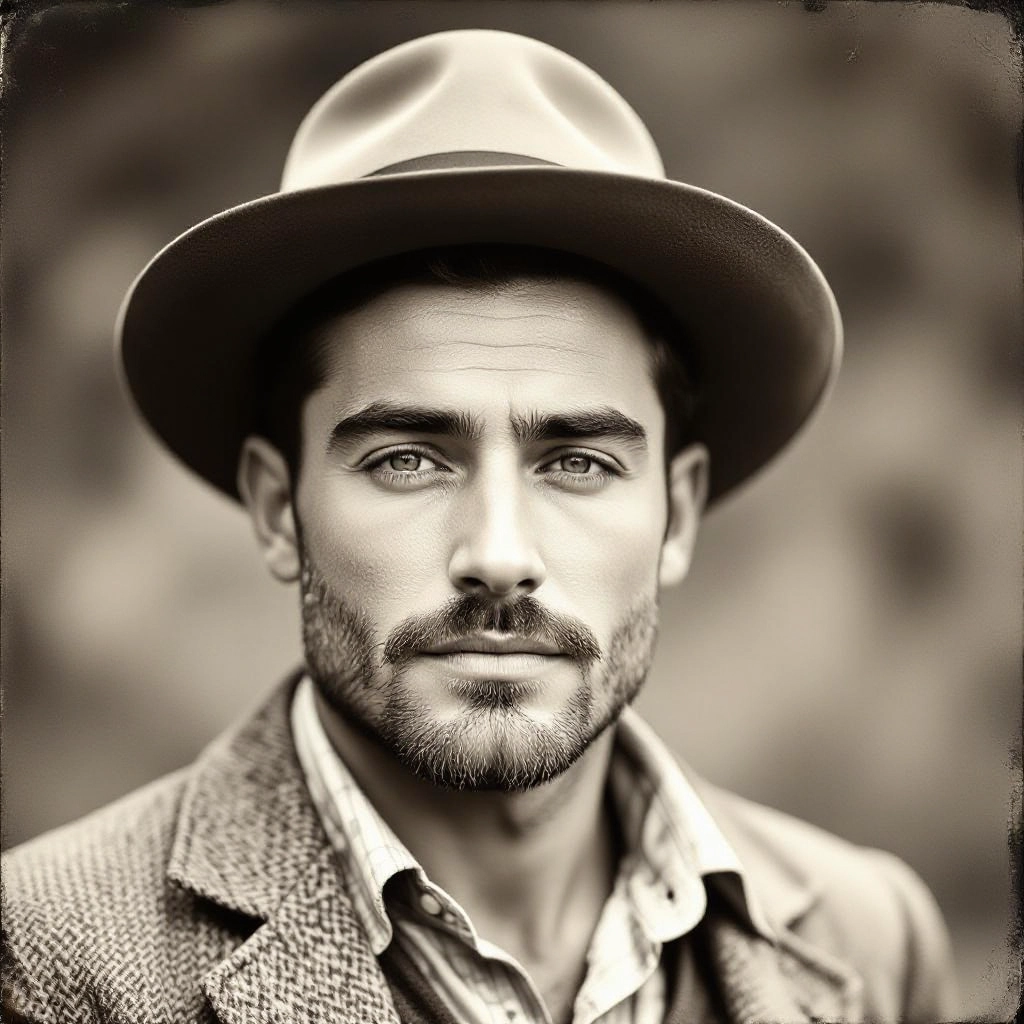
Type your sepia character or scene description in the prompt box. Include details like character appearance, clothing, expressions, and setting to get better AI sepia results.
Choose AI Model Settings
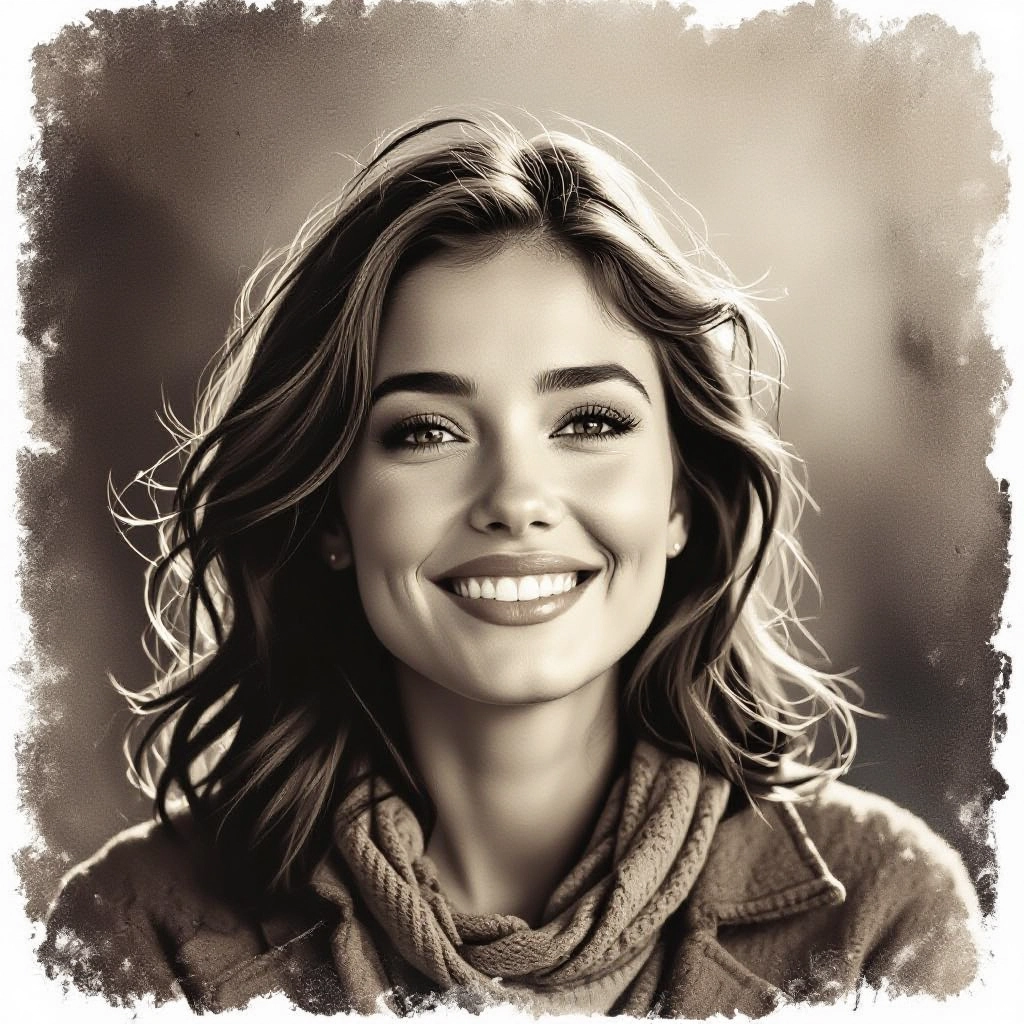
Select your preferred image size and aspect ratio. Our AI model delivers professional quality comparable to:
- • Flux AI Quality
- • Midjourney Standard
- • OpenAI DALL-E
- • Google Imagen
Download AI Sepia Image

Once your AI sepia image is generated, click the download button to save it to your device. The image will be in high quality format ready for use.
Features of AI sepia Image Generator
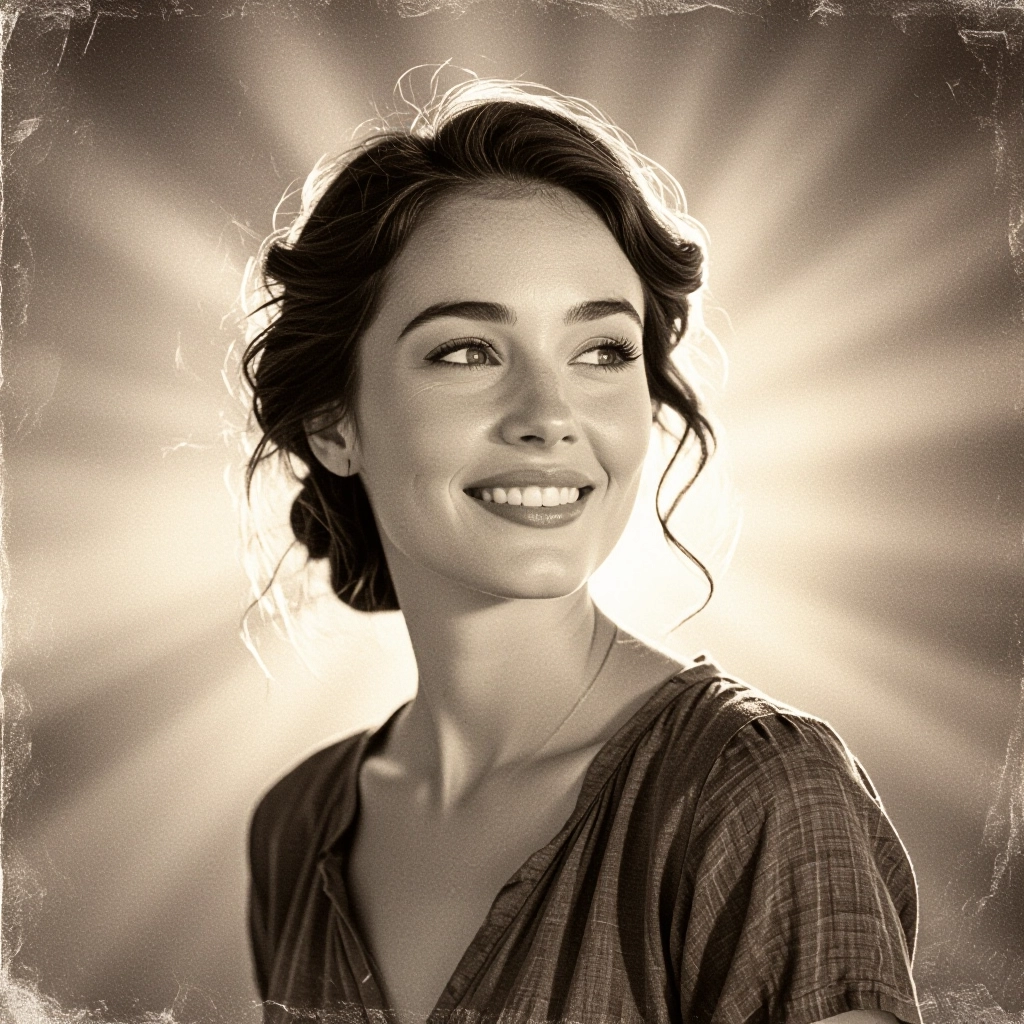
Adaptive Sepia Tone Mapping
AI-driven tone mapping adapts sepia warmth to the photo content so skin, fabric, and background retain natural contrast while adopting a unified brown palette. This prevents flat, one-size-fits-all coloration.

Grain and Paper Texture Controls
Add realistic film grain and paper texture layers that simulate vintage paper types and chemical processing artifacts. Control intensity, size, and distribution to match different historical photographic finishes.
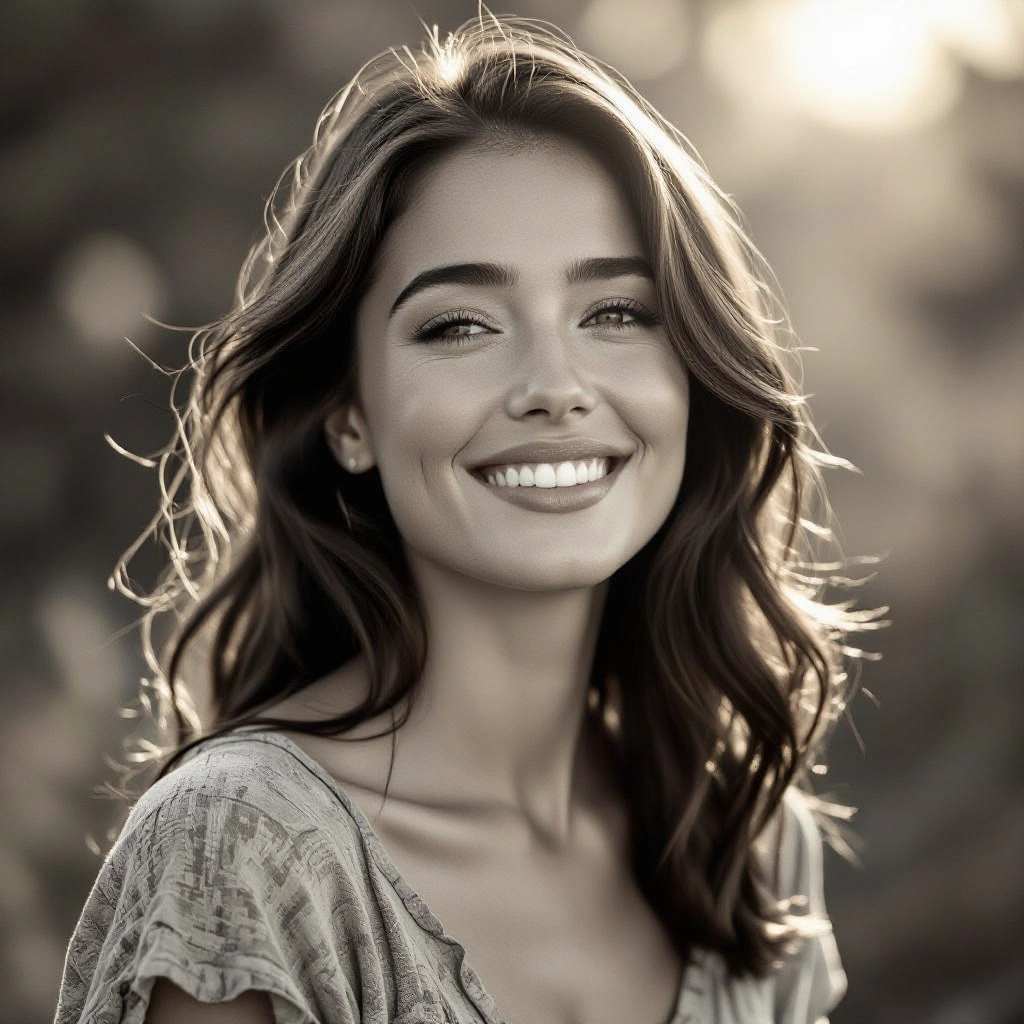
Selective Sepia Masking
Apply sepia selectively to parts of an image using AI masks. Preserve original color in strategic areas or create partial-toned composites such as sepia backgrounds with a color subject for dramatic focus.

Contrast and Tonal Curve Tuning
Fine-tune highlights, midtones, and shadows with tonal curves designed for sepia grading. Restore shadow detail or lift highlights without introducing harsh color shifts to maintain an authentic vintage look.
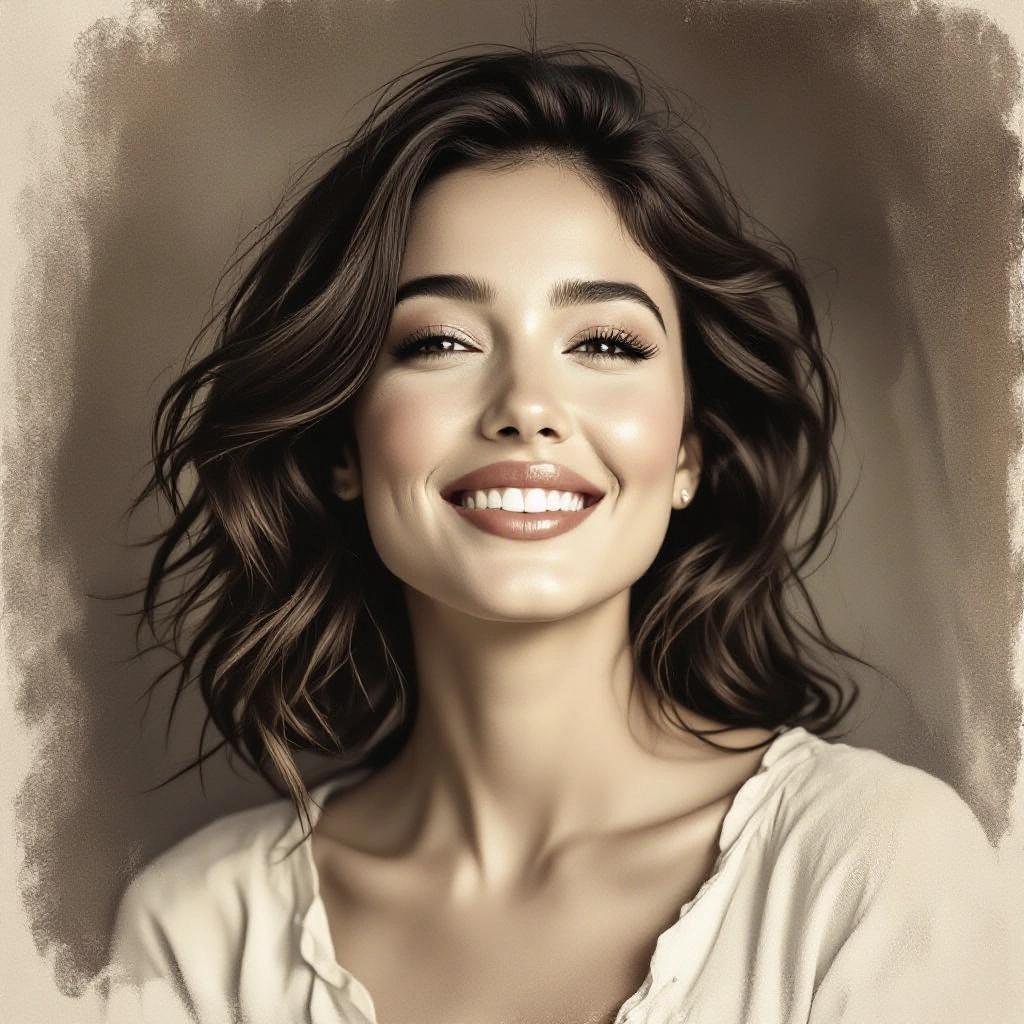
Preset Library and Export Options
Choose from curated sepia presets inspired by historical processes and film stocks, then export in high resolution with options for print-optimized color profiles and social media sizing.
Types of AI Powered Sepia Style Images
Sepia is more than a single brown wash. AI allows distinct sepia styles that emphasize texture, contrast, or softness depending on mood and subject. Below are common AI-generated sepia variations and when to use them.
Classic Vintage Sepia
Warm midtones, restrained highlights, and medium grain to recreate the look of late 19th and early 20th century albumen prints. Ideal for archival recreation and formal portraits.
High-Contrast Sepia
Deep shadows and bright highlights with a strong brown cast for a dramatic, cinematic feel. Works well for architectural shots and moody landscapes.
Soft Pastel Sepia
Muted contrast and a lighter brown tint with gentle desaturation for a delicate, dreamy aesthetic suited to weddings and fine art photography.
Film Grain Sepia
Pronounced film grain pattern combined with cross-processed brown hues to emulate aged motion picture stills and analog film scans.
Portrait Sepia
Targeted warmth and skin-optimized tonal adjustment that preserves facial detail while enhancing complexion with natural sepia warmth.
Cinematic Sepia
Wide tonal range with teal-neutralized shadows and rich brown highlights for story-driven visuals and promotional imagery that require an emotional retro tone.
Applications of AI sepia image style
Family Photo Archiving
Convert modern family photos to sepia to create cohesive printed albums that match older scanned photographs, helping integrate new images into family archives.
Historical Restoration and Matching
Use controlled sepia conversion to match restored images to historical references, enabling museum exhibits and publications to present cohesive visual narratives.
Branding and Social Media
Apply a signature sepia palette across campaigns and social feeds to create a distinct nostalgia-driven brand identity that stands out in timelines.
Fine Art and Gallery Prints
Produce gallery-ready sepia prints with texture and tonal refinement tailored for specialty papers and framing, suitable for exhibitions and collectors.
Film and Video Storyboarding
Generate sepia stills for storyboards and mood reels to communicate period and atmosphere during pre-production and visual planning.
Product and Editorial Photography
Use selective sepia to highlight heritage-inspired products or lifestyle editorials, adding perceived warmth and craftsmanship to the subject.
FAQs about AI sepia image generator
What exactly is a sepia tone and how does it differ from standard brown filters?
Sepia tone replicates the chemical toning of photographic prints where silver is converted into brownish compounds, producing warm midtones and restrained highlights. Unlike simple brown filters, accurate sepia preserves contrast relationships and texture while shifting hue in a way that imitates photographic materials rather than overlaying a uniform color.
Can I control the intensity of the sepia effect?
Yes. Modern sepia generators offer intensity sliders and tonal curve adjustments so you can dial warmth from subtle hints to full vintage conversion. Intensity control lets you retain natural skin tones or push for a strong period look depending on the image.
Will sepia conversion reduce image resolution or quality?
A proper AI sepia conversion works nondestructively and preserves original resolution. Quality loss occurs only if you export at a lower resolution or apply excessive compression. Always export in the desired resolution and use appropriate color profiles for printing.
Is this tool suitable for restoring old photos to a consistent sepia look?
Yes. The generator can match tonal balances and grain across multiple scans so restored images share consistent warmth, contrast, and texture. Combined with manual retouching for damage, the tool simplifies batch matching of historical collections.
Are there presets that mimic specific historical photographic processes?
Many sepia generators include presets modeled on albumen, sepia toned silver gelatin, and early matte papers. These presets adjust grain, contrast, and hue profiles to approximate the visual characteristics of each process.
Can I revert a sepia image back to color after generation?
If you retain the original color file or save an editable version, you can revert or create alternate versions. Purely destructive edits cannot restore lost color information, so always keep a backup of the original image before applying sepia conversion.

Explore All Image Generators
More generators coming soon!
